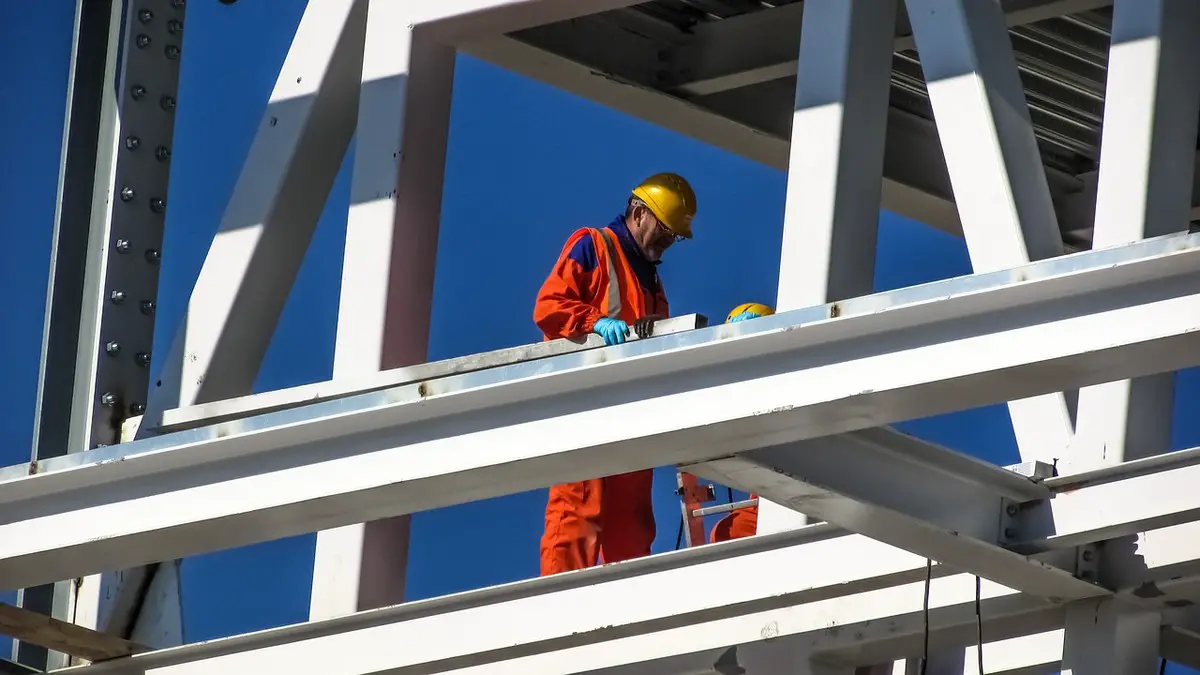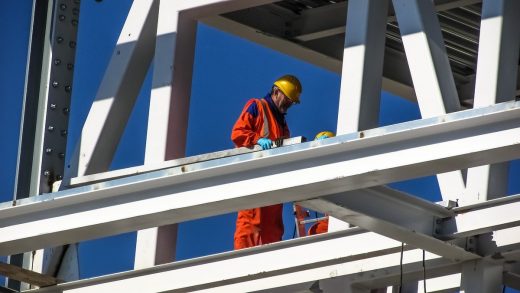Construction equipment evolution, Buildings industry management software
From Ancient Tools to Modern Innovations: The Evolution of Construction Equipment
28 June 2024
The journey of construction tools and equipment from rudimentary implements to sophisticated machinery is a fascinating story of human ingenuity and technological advancement. This evolution has significantly impacted the efficiency, safety, and complexity of construction projects. Understanding this progression not only highlights the remarkable advancements in the field but also underscores the importance of modern tools like construction management software in today’s industry.
Ancient Beginnings: The Foundations of Construction
Early construction relied heavily on human labor and simple tools made from stone, wood, and bone. These tools, though primitive by today’s standards, were crucial for building the first structures and monuments.
Stone Tools: Early humans used sharp stones for cutting and shaping materials. These stone tools laid the groundwork for more complex constructions, such as the famous megalithic structures like Stonehenge.
Wooden Implements: Wood was a versatile material for constructing early shelters and tools. Simple wooden frames, levers, and rollers were used to move heavy stones, an essential technique for building large structures like the pyramids of Egypt.
Animal Power: Domesticated animals were employed to assist with heavy lifting and transportation of materials. The use of animals like oxen and horses marked a significant advancement in reducing human labor.
The Middle Ages: Advancements and Innovations
The Middle Ages saw significant advancements in construction techniques and tools, driven by the need for larger and more durable structures such as castles, cathedrals, and bridges.
Metal Tools: The development of metalworking techniques allowed for the creation of stronger and more durable tools. Iron and steel tools, such as hammers, chisels, and saws, improved the efficiency of construction tasks.
Cranes and Hoists: The invention of cranes and hoists revolutionized construction by enabling the lifting of heavy materials to greater heights. These devices, often powered by human or animal labor, were critical in the construction of tall buildings and fortifications.
Architectural Innovations: Gothic architecture introduced techniques like the flying buttress, which allowed for the construction of taller and more stable structures. These innovations required precise calculations and skilled labor, laying the groundwork for modern engineering principles.
The Industrial Revolution: Mechanization and Mass Production
The Industrial Revolution marked a turning point in the evolution of construction tools and equipment, introducing mechanization and mass production.
Steam Power: The advent of steam engines led to the development of steam-powered machinery, such as steam shovels and cranes. These machines dramatically increased the speed and efficiency of construction projects.
Mass-Produced Tools: The industrialization of manufacturing processes enabled the mass production of standardized tools and materials. This standardization improved the quality and reliability of construction tools and reduced costs.
Railways and Infrastructure: The expansion of railways facilitated the transportation of materials and machinery, further accelerating construction projects. The ability to transport heavy equipment and large quantities of materials efficiently was a game-changer for the industry.
The 20th Century: The Rise of Modern Machinery
The 20th century brought about significant technological advancements that transformed construction into a highly mechanized industry.
Electric and Diesel Power: The introduction of electric and diesel engines replaced steam power, leading to the development of more powerful and efficient machinery. Equipment such as bulldozers, excavators, and concrete mixers became standard on construction sites.
Cranes and High-Rises: The construction of skyscrapers and high-rise buildings was made possible by the development of tower cranes and advanced lifting equipment. These cranes could lift heavy loads to great heights with precision, enabling the construction of iconic structures like the Empire State Building.
Safety and Ergonomics: Advancements in safety and ergonomics improved the working conditions for construction workers. The development of personal protective equipment (PPE) and safer machinery designs helped reduce workplace injuries and fatalities.
The Digital Age: Integration of Technology and Construction Management Software
The current era of construction is characterized by the integration of digital technologies and construction management software, which have revolutionized the industry.
Construction Management Software: Modern construction management software provides a centralized platform for planning, scheduling, budgeting, and communication. This software enhances project efficiency, reduces errors, and improves collaboration among all stakeholders.
Building Information Modeling (BIM): BIM technology allows for the creation of detailed digital representations of buildings and infrastructure. BIM facilitates better planning, design, and management of construction projects, improving accuracy and reducing waste.
Automation and Robotics: Automation and robotics are increasingly being used in construction to perform repetitive and dangerous tasks. Drones, autonomous vehicles, and robotic bricklayers are examples of how automation is improving safety and efficiency on construction sites.
Sustainable Construction: The integration of sustainable practices and green technologies is becoming more prevalent. Tools and equipment designed for energy efficiency and minimal environmental impact are now essential components of modern construction projects.
Construction equipment evolution Conclusion
The evolution of construction tools and equipment from ancient stone implements to sophisticated digital technologies highlights the incredible progress made in the industry. Each era brought innovations that improved the efficiency, safety, and complexity of construction projects. Today, construction management software stands at the forefront of this evolution, providing powerful tools for planning, execution, and collaboration.
As technology continues to advance, the construction industry will undoubtedly see even more remarkable innovations that will shape the future of urban development and infrastructure. Embracing these advancements is crucial for staying competitive and achieving success in the ever-evolving world of construction.
Comments on this guide to Construction equipment evolution are welcome.
American Architecture Designs
American Architectural Designs – recent selection from e-architect:
Building Design
Architecture
Comments / photos for the Construction equipment evolution page welcome.







